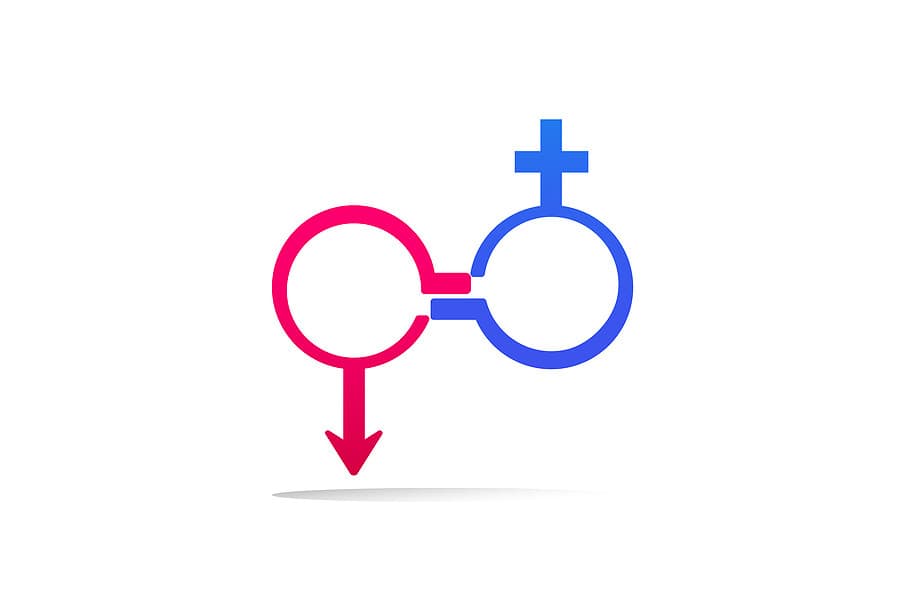Editor’s note: This article is part of a series highlighting speakers at the upcoming ERE Digital event. Click here to view other articles in the series.
We have reached an inflection point in our society. One in four women has reported stalling their career or leaving the workforce entirely due to the impact of Covid-19. Women have lost a net of 5.4 million jobs — nearly 1 million more than men. In December of 2020, the U.S. economy lost 140,000 jobs, every single one held by a woman.
The slowdown of women in executive roles is also showing a concerning trend. The loss of women in the C-suite slows down the progress of all women across levels and functions. Senior-level women are more likely to advocate for gender and racial equality, mentor young women and sponsor women of color.
Consequently, the effects of the pandemic might cost generations in reaching parity if we don’t upgrade our systems and make an equitable work environment for women and caregivers.
We provide companies with a recruiter seat to our sourcing tool and access to the leading network of women and minority professionals to facilitate the hiring from wage level to C-suite and board-level positions.
Meanwhile, many women have the difficult task of balancing careers and caregiving. Two-thirds of caregivers in the U.S. workforce are women. They are often the unpaid caretaker of children, aging parents, or loved ones with illnesses or diseases. Companies can help attract and retain women by giving employees, especially caregivers, flexible work hours, attire, and expectations.
For example, it does not need to be the end of the world when someone’s child appears in the background of a Zoom conference or when an employee is not in traditional business attire (unless the role specifically requires it). Now that much of our work is done digitally, we’re moving toward a more empathetic workforce that allows work to fit into people’s real lives. Which is why moving forward, organizations that develop flexible systems and adopt hybrid or remote work environments will see productivity gains of employees who are also caregivers. In other words, the future of work is flexible.
Indeed, companies like Google and Facebook have already announced hybrid-style work schedules starting in the fall, but many distributed companies, mine included, were already fully remote. This has allowed businesses to capture amazing talent and prevent any drop-offs due to caregiving reasons — we’re seeing employees with flexible work environments have better mental health and report overall life satisfaction, making them more passionate about their work.
Ultimately, I believe the vast majority of people want to see real change for women and minorities and move toward a more equitable world. In many ways, this is a how problem. Many organizations understand the importance of a diverse workforce. They know that diverse teams are more creative, productive, and innovative. Companies with diversity in the C-Suite create equitable systems, which then help retain talent and sustain organizational growth. The issue many companies face is where to find and source talent effectively. The issue is friction.
What’s more, historically it has been time-consuming to properly build a diverse slate of candidates. Candidate volume can easily skew toward a specific category of people, making the probability low of hiring diverse candidates. That is, the systems by which companies were sourcing did not promote diversity.
It’s therefore critical for recruiters and HR leaders to use tools that make it efficient to focus on different backgrounds, ethnicities, and genders when sourcing and attracting candidates. It’s vital to deliver a diverse slate to hiring managers, who can then confidently focus on individuals’ skill sets.
Ultimately, it is only when employers can recruit authentically and efficiently to attract top women and diverse talent that they will be able to create better workforces that reache their greatest potential.
Want more insights from Tiffany about how to improve gender diversity in your organization? Join her at ERE Digital, May 25-27, for “Risky Business: How to Ensure Your Recruitment Strategy Addresses Gender Inequity.” Register here to receive 10% off your ticket price.
